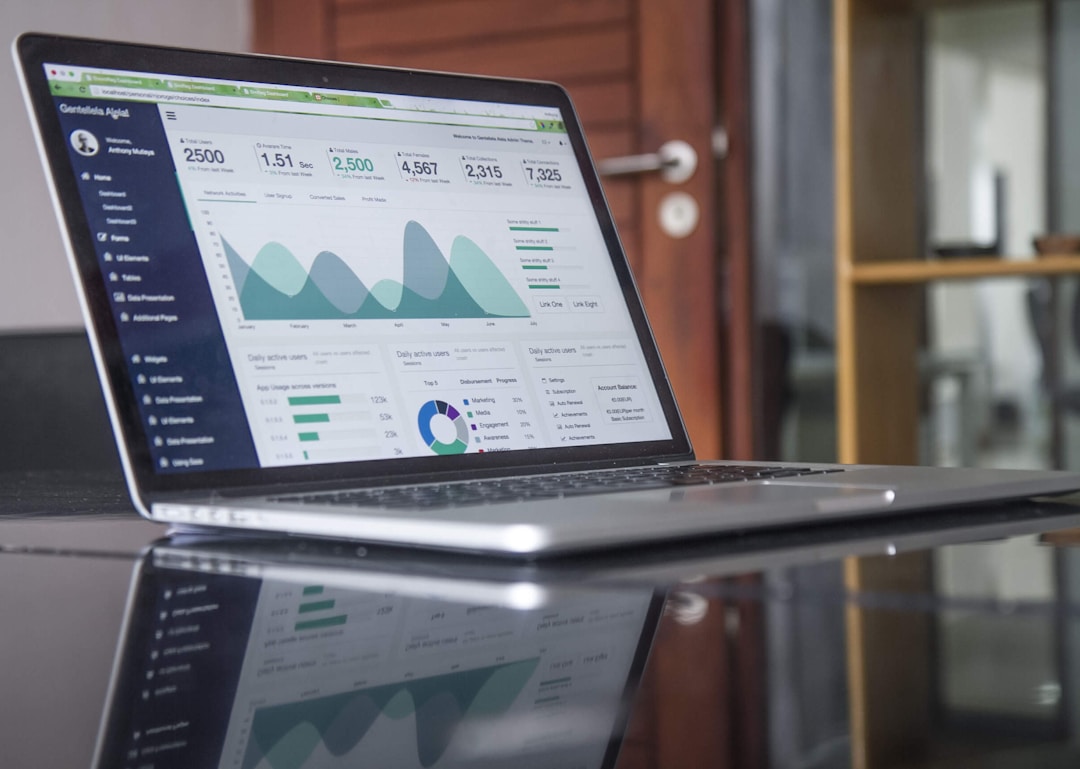In today’s data-driven world, making quick, informed decisions is key to business success. An effective tool at decision-makers’ disposal is the dashboard—a visual representation of the most significant information needed to achieve one or more objectives, consolidated and arranged on a single screen. One type of dashboard worth considering is the performance dashboard. Below, we will delve into essential tips for creating effective performance dashboards. Keep reading to learn more.
Understanding the Basics of Effective Dashboard Design

Performance dashboards are powerful tools that visually represent key performance indicators (KPIs) and metrics to help individuals, teams, and organizations monitor and track their progress toward goals and objectives. These dashboards consolidate data from various sources, such as databases, spreadsheets, and software applications, into a single interface for easy interpretation and analysis.
A performance dashboard typically consists of charts, graphs, and tables that display real-time or regularly updated data. These visual elements allow users to quickly identify trends, patterns, and outliers, making it easier to identify improvement areas or areas requiring attention.
Unlike a report, which might include in-depth data and information, a dashboard focuses on visuals to relay the most critical information quickly. The data in a performance dashboard should be easy to understand, up-to-date, and relevant. If you fill your dashboard with too much data, it can become cumbersome and potentially confusing. It’s crucial to simplify and include only the most essential data. Rather than distributing attention across less significant aspects, this focuses on the most important points.
Setting Clear and Specific Goals
Creating an effective performance dashboard starts with setting clear, specific, achievable goals. A pivotal aspect of this is a thorough understanding of what the user needs from the dashboard. This implies clarifying what kind of data they require, how they intend to use it, and which metrics or KPIs are most important to them.
Once the goals are defined, you can design your dashboard to meet those needs. For example, if a user’s objective is to get an overview of a business process, the necessary data could likely be displayed in a simplified manner that still conveys critical information. On the other hand, if the user needs to delve into details or make comparisons, the dashboard could include more data and options for analysis.
The critical point is to keep the end user in mind while designing. Avoid making assumptions about the user’s requirements and continually seek feedback to improve. An effective performance dashboard is not a one-off creation but an evolving tool that changes to meet varying needs over time.
Selecting the Right Visualization Tools
How data is visualized on a dashboard can dramatically affect how quickly and accurately it’s understood. When visualizing data, remember that the objective is to convey information as efficiently and effectively as possible.
Applying the principles of good design is also crucial. Elements such as color, size, and placement play a significant role in interpreting data. For instance, warm colors like red and orange can highlight areas that need attention, while cool colors could be selected to diminish less significant data visually.
Ensuring Dashboard is Mobile-Friendly

In today’s digital world, professionals often need to access data on the go. Ensuring that your performance dashboard is mobile-friendly can significantly enhance its utility. This means ensuring the dashboard remains clear, crisp, and easy to navigate, even on smaller screens.
Moreover, while designing for mobile, it’s critical to consider the limitations of mobile devices. For example, avoid overusing hover-over features, as these generally don’t work well on touch screens. Also, ensure that text sizes are big enough to be read easily on small screens.
Designing an effective performance dashboard is an ongoing process that involves understanding basic design principles, setting clear goals, selecting the right visualization tools, and ensuring mobility. With these tips in mind, you’re well on your way to creating a dashboard that provides significant value to its users.